Roger Federer and Rafael Nadal will square off for the 35th time in the Australian Open final on Sunday. In anticipation of their duel in Melbourne, we look back at the most significant matches they ever played. Here are the Top 10.
The Rafael Nadal-Roger Federer story, as told in 10 classic contests
By Jan 27, 2017United Cup
United Cup Classics: Three matches that defined the tournament
By Dec 31, 2025United Cup
PHOTOS: Koala selfies for FAA & Mboko, Osaka & Raducanu spot quokkas, Ruud catches waves ahead of United Cup
By Dec 31, 2025Burning Questions: 2026
Amanda Anisimova, world No. 1? Our hottest takes for 2026
By Dec 31, 2025United Cup
United We Start: What to watch for at the season-opening United Cup
By Dec 30, 2025Setting the Table for 2026
What do Coco Gauff and Amanda Anisimova need to do to stay the U.S. top two in 2026?
By Dec 30, 2025Burning Questions: 2026
Which recently retired player should become a super coach?
By Dec 30, 2025Pop Culture
Cristiano Ronaldo praises Novak Djokovic at Globe Soccer Awards
By Dec 30, 2025Live on Tennis Channel
Road to the Australian Open: Tennis Channel launches Summer Down Under coverage
By Dec 30, 2025United Cup
Will the U.S. repeat at the 2026 United Cup? Czechia, Italy or Japan may have something to say
By Dec 29, 2025The Rafael Nadal-Roger Federer story, as told in 10 classic contests
Great rivalries are about great matches. Here is the best of the
Published Jan 27, 2017
Advertising

The Rafael Nadal-Roger Federer story, as told in 10 classic contests
© AP2004
Advertising
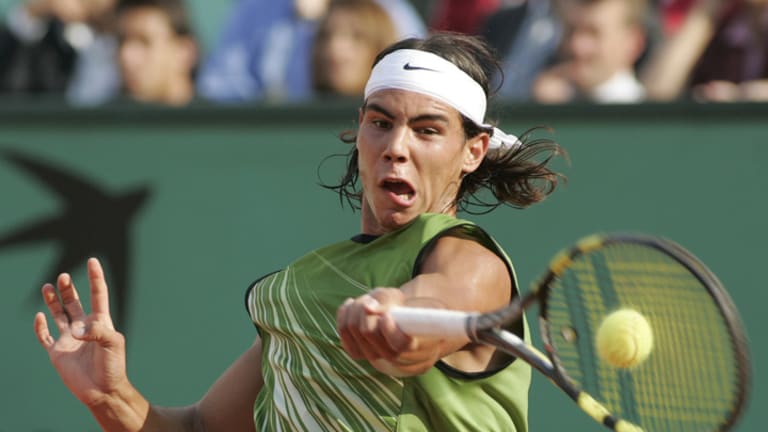
The Rafael Nadal-Roger Federer story, as told in 10 classic contests
© AP
Advertising
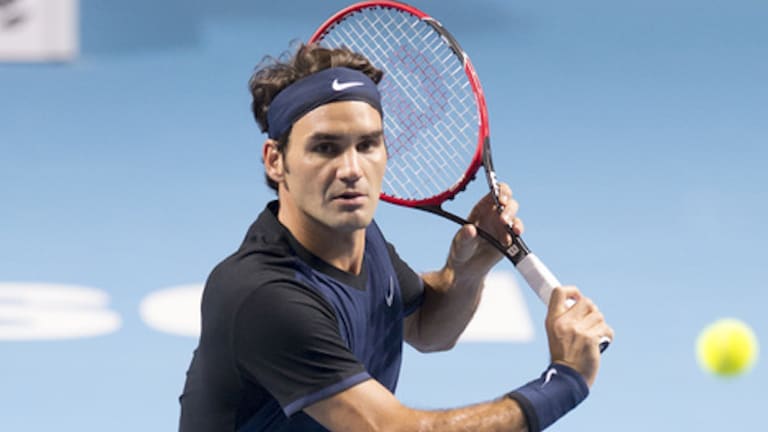
The Rafael Nadal-Roger Federer story, as told in 10 classic contests
© AP
Advertising
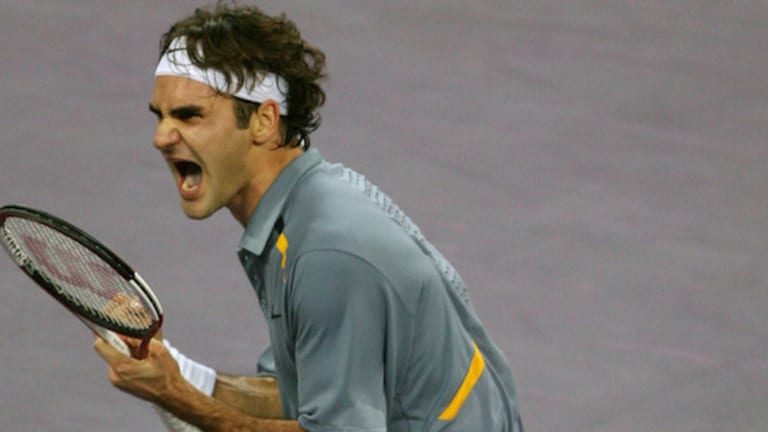
The Rafael Nadal-Roger Federer story, as told in 10 classic contests
© AP
Advertising
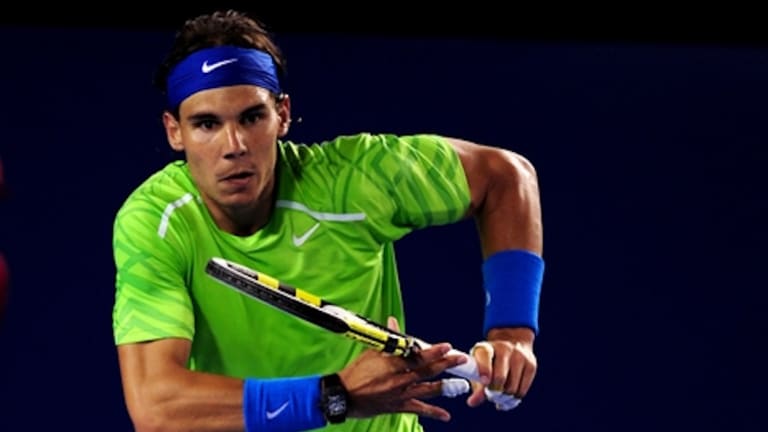
The Rafael Nadal-Roger Federer story, as told in 10 classic contests
© EMPICS Sport
Advertising

The Rafael Nadal-Roger Federer story, as told in 10 classic contests
© AP
Advertising
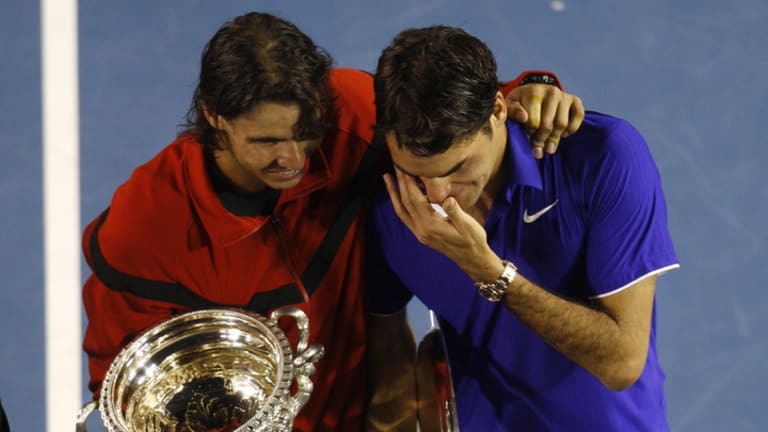
The Rafael Nadal-Roger Federer story, as told in 10 classic contests
© AP
Advertising
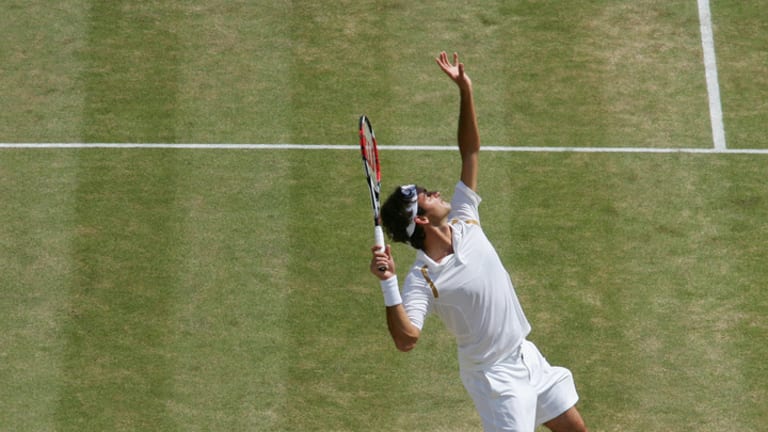
The Rafael Nadal-Roger Federer story, as told in 10 classic contests
© AP
Advertising
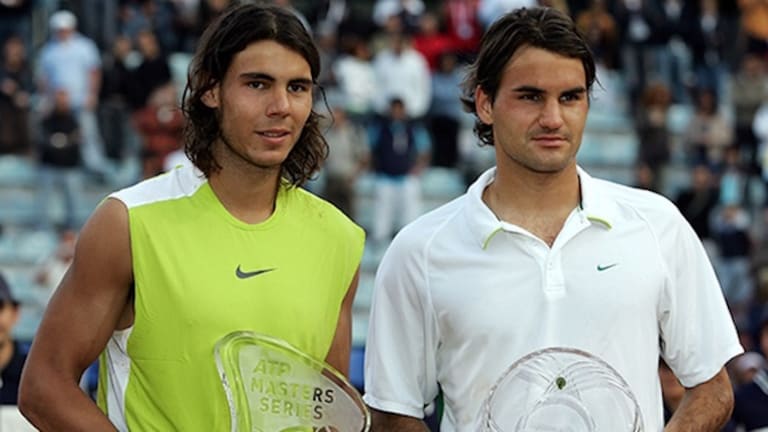
The Rafael Nadal-Roger Federer story, as told in 10 classic contests
Advertising
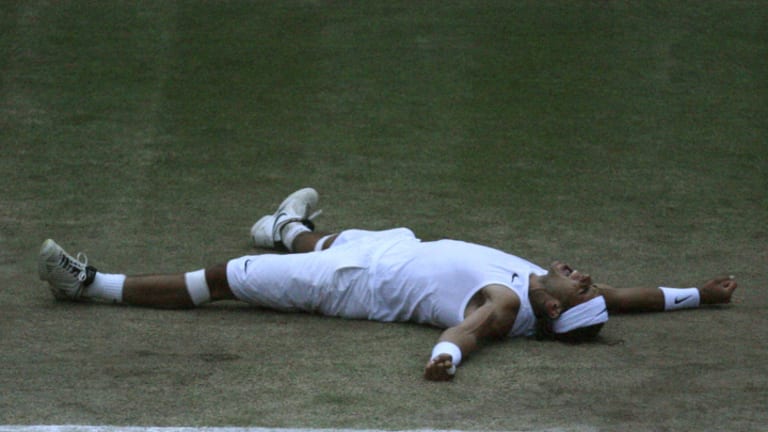
The Rafael Nadal-Roger Federer story, as told in 10 classic contests
© AP